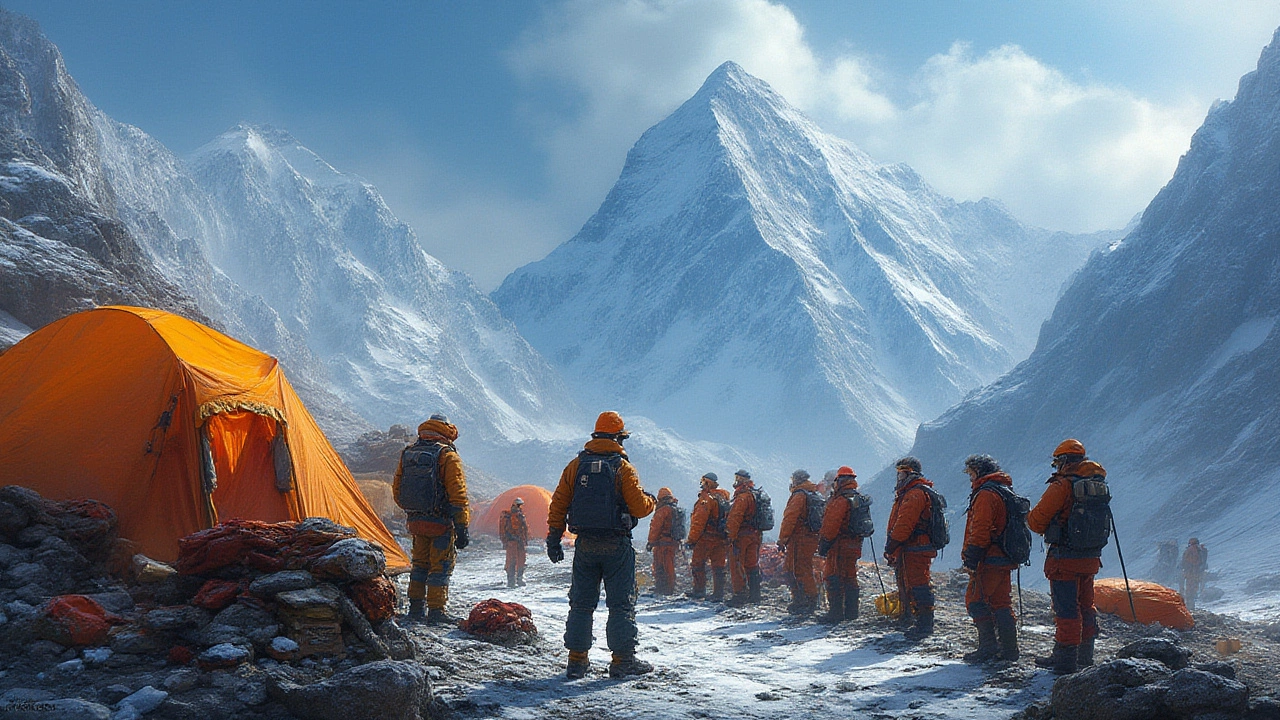SEARCH
Sherpa Guides: Your Best Friend on the Himalayan Trail
If you’ve ever dreamed of walking through the mighty Himalayas, you’ve probably heard the word “Sherpa” pop up a lot. A Sherpa isn’t just a guide – they’re the locals who know every stone, every weather shift, and every shortcut that can make or break your trek. Partnering with a good Sherpa means you get safety, speed, and stories you’ll remember forever.
How to Choose the Right Sherpa Guide
First off, don’t just pick the cheapest option. Look for a guide who’s licensed by the Nepal Tourism Board – that’s a quick way to weed out frauds. Ask the travel agency for references or read reviews from recent trekkers; a guide with solid feedback will usually have a track record of keeping groups on schedule and healthy.
Second, think about language. Most Sherpas speak Nepali and English, but some only know basic English. If you’re nervous about communication, ask for a guide who’s comfortable explaining trail signs and safety steps in clear terms.
Third, match the guide’s experience with your trek level. A seasoned Everest Base Camp guide might be overkill for an easy Annapurna round‑trip, and you could end up paying more than needed. Conversely, a beginner guide may not have the skills to handle sudden altitude changes on a high‑altitude route.
Finally, discuss the cost upfront. Sherpas usually charge a daily rate that includes their salary, equipment, and sometimes meals. Make sure you know what’s covered – some guides include porter services, others charge extra.
What to Expect on the Trail with a Sherpa
When you start the trek, your Sherpa will help you pack the right gear, adjust your boots, and explain the daily itinerary. They’ll point out the best spots for photos, warn you about tricky sections, and keep an eye on everyone’s health. If the weather turns bad, they’ll know the safest shelters and how to keep the group warm.
During the climb, the Sherpa will set up camp, light the stove, and often share local legends that make the night feel magical. They’re also great at keeping morale high – a quick joke or a local song can lift spirits when the trail gets tough.
Safety is the big win. A Sherpa can spot early signs of altitude sickness, knows how to administer medication, and will arrange quick evacuations if needed. Their knowledge of the terrain means you’ll avoid dangerous shortcuts and stay on well‑marked paths.
At the end of the trek, you’ll leave with more than just photos. You’ll have learned hiking etiquette, how to respect mountain culture, and probably a few phrases in Nepali. Most trekkers say the partnership with a Sherpa turns a challenging adventure into an unforgettable journey.
So, before you book your next Himalayan trek, spend a little time researching Sherpa guides. Pick someone licensed, communicative, and experienced for your route. The right guide will keep you safe, teach you the mountain’s secrets, and make every step worth the effort.

Everest Climb Cost Breakdown: Why Mount Everest Expeditions Are So Expensive
Discover the detailed reasons climbing Mount Everest costs around $40,000, including permits, guides, logistics, and hidden expenses, with smart tips to plan your ascent.
Continue reading